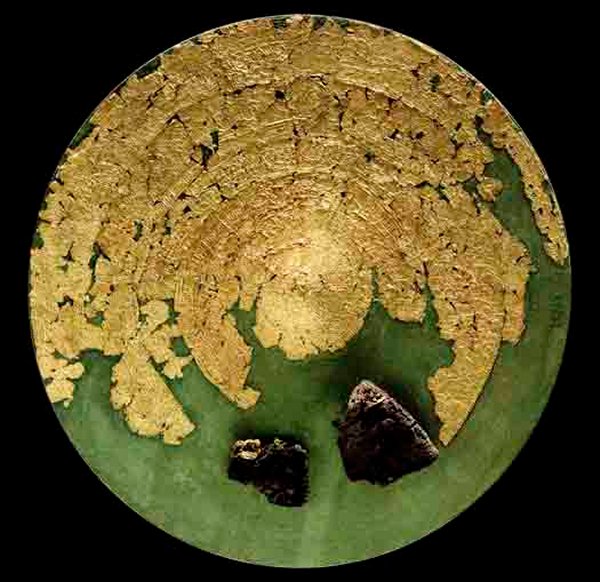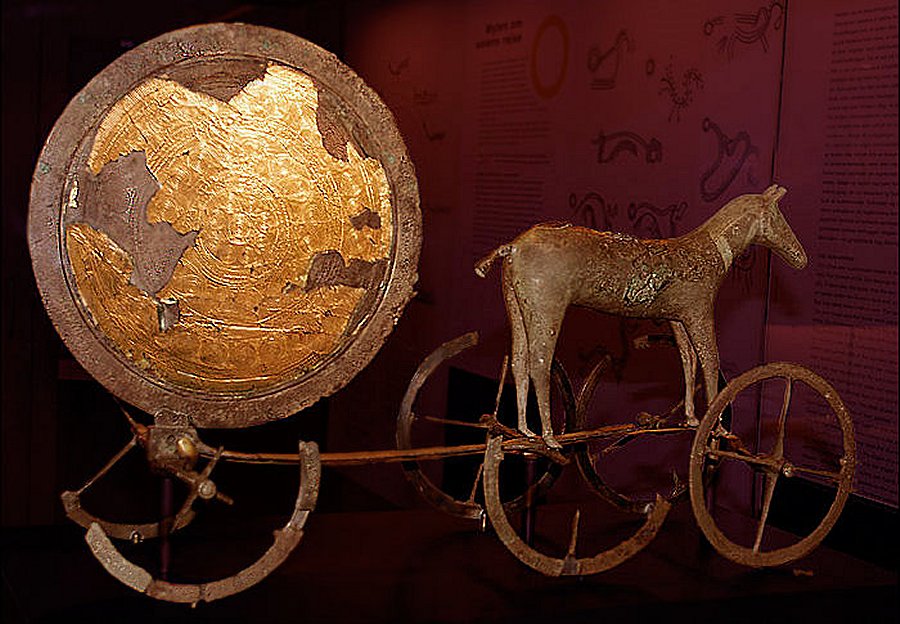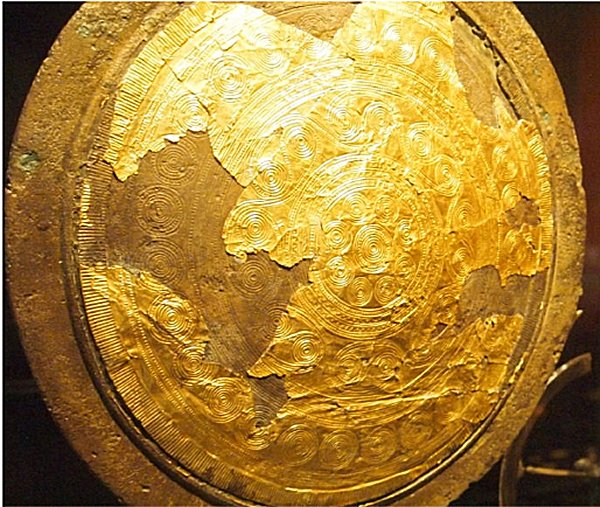Sun Chariot – Powerful Symbol Of Bronze Age Cosmology
A. Sutherland - AncientPages.com - The Sun Chariot - now in the collection of the National Museum of Denmark in Copenhagen - was found in September 1902 in a peat bog on the Trundholm moor in northwestern Zealand (Sjælland) - most populated island in Denmark.
The Sun Chariot - a beautiful example of prehistoric Northern European sculpture was made in the Early Bronze Age around 1400 BC.
The artifact's elegant spiral ornamentation that graces the golden sun disc reveals its Nordic origin.
The Sun Chariot consists of the solar disk, the axle, and four wheels with spokes and supports the idea that the sun was drawn on its eternal journey by a divine horse.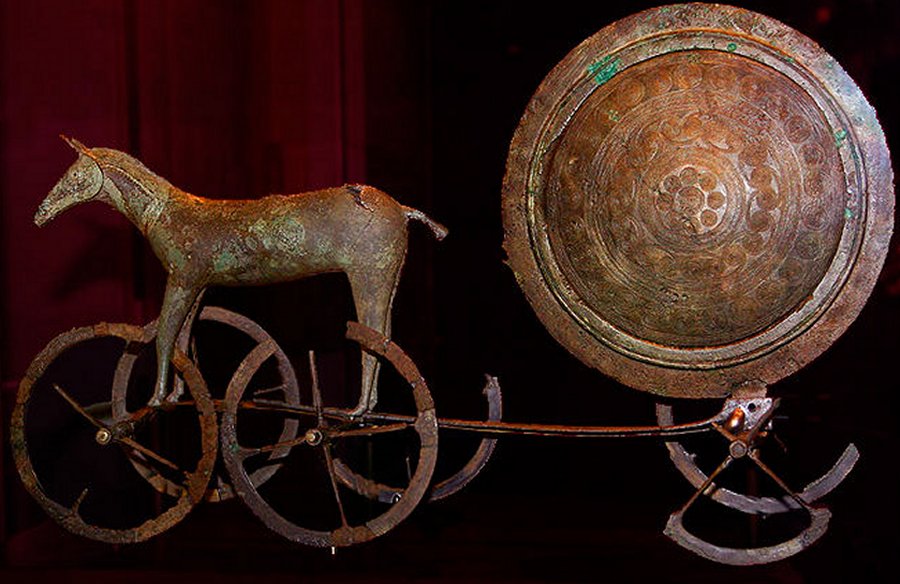
It is uncertain if the sun was imagined as being the chariot itself, or as riding in a chariot. Credits: natmus.dk
The bronze statue symbolizes the motion of the sun.
However, it is uncertain if the sun was imagined as being the chariot itself, or as riding in a chariot.
The Sun Chariot from Trundholm Mose was probably not the only one of its kind. Parts of a golden sun disc are amongst the finds from Jægersborg Hegn in northern Zealand. Perhaps it was originally part of a sun chariot?
The existence of a model of a horse-drawn vehicle on spoked wheels in Northern Europe at such an early time is very unusual, as the earliest known actual chariots (as opposed to ox-drawn carts without spokes) in Europe are from the Iron Age, dating from c. the 6th century BC.
The disk has a diameter of ca. 25 cm, and is gilded on only one side, the right-hand one relative to the horse.
What was the original function of ancient bronze disks with ornamentations? Could they had been ancient calendars?
The Sun Chariot was made in Denmark, most likely in northern or northwestern Zealand, not far from its finding place in Trundholm Mose. The image of the horse pulling the sun across the sky was familiar to most Scandinavians in the Bronze Age, but the complicated spirals seen on the disc of the Sun Chariot are very characteristic of the Danish area. The most beautiful and well-made spiral patterns are found on women's belt ornaments in northern Zealand - a fine example is the belt plate from Langstrup. Credits: natmus.dk
The Sun was the most powerful symbol of the Bronze Age cosmology in Denmark so the two sides of the disk are believed to be representations of the sun.
See also:
Eye Of Providence – Powerful, Secret Symbol With Deep Meaning
Ancient Symbol Hamsa: It’s Meaning And History Explained
This has been interpreted as an indication of the belief that the Sun is drawn across the heavens from East to West during the day, showing its bright side - the gilded one. During the night, it returns from West to East, showing his “dark side” to the Earth.
Looking at the disk we see decorations that are composed from several spirals, concentric circles and bands with zigzags.
What do they all mean?
The gilded solar face of the disk. Note the “rays” at the rim of the golden disk (Credit, adapted from a picture taken at the National Museum, Copenhagen Denmark, by Kim Bach)
The Sun chariot remains one of the most intriguing Bronze Age artifacts discovered in Denmark.
Written by – A. Sutherland AncientPages.com Staff Writer
Copyright © AncientPages.com All rights reserved. This material may not be published, broadcast, rewritten or redistributed in whole or part without the express written permission of AncientPages.com
More From Ancient Pages
-
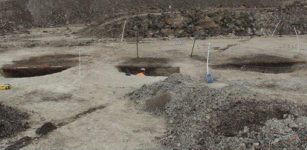 Significant Mesolithic Site With Unusual Pits Discovered In Bedfordshire
Archaeology | Jul 3, 2023
Significant Mesolithic Site With Unusual Pits Discovered In Bedfordshire
Archaeology | Jul 3, 2023 -
 65 Byzantine-Era Tombs Unearthed In Stratonikeia – World’s Largest Marble City
Archaeology | Feb 24, 2017
65 Byzantine-Era Tombs Unearthed In Stratonikeia – World’s Largest Marble City
Archaeology | Feb 24, 2017 -
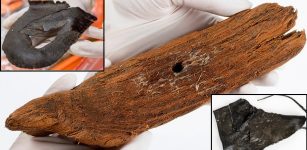 Ancient Wooden Toy Boat And Ancient Shoes That Dates Back To The Reign Of King St. Olav – Found
Archaeology | Mar 1, 2017
Ancient Wooden Toy Boat And Ancient Shoes That Dates Back To The Reign Of King St. Olav – Found
Archaeology | Mar 1, 2017 -
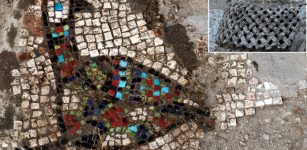 St. Simeon’s Monastery And History Of Its Founder Shed Light On Christian Past In Anatolia
Archaeology | Nov 28, 2020
St. Simeon’s Monastery And History Of Its Founder Shed Light On Christian Past In Anatolia
Archaeology | Nov 28, 2020 -
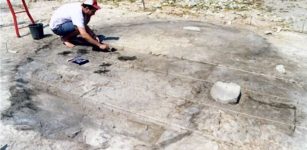 Survivors Of The Latest Ice Age Thrived Near The Sea Of Galilee 23,000 Years Ago
Archaeology | Jan 27, 2022
Survivors Of The Latest Ice Age Thrived Near The Sea Of Galilee 23,000 Years Ago
Archaeology | Jan 27, 2022 -
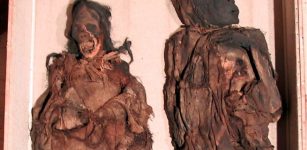 Scientific ‘Detective Work’ With South American Mummies Reveals They Were Brutally Murdered
Archaeology | Sep 9, 2022
Scientific ‘Detective Work’ With South American Mummies Reveals They Were Brutally Murdered
Archaeology | Sep 9, 2022 -
 Legendary Sea Monster Exists: Icelandic Government Commission Says
Featured Stories | Sep 27, 2014
Legendary Sea Monster Exists: Icelandic Government Commission Says
Featured Stories | Sep 27, 2014 -
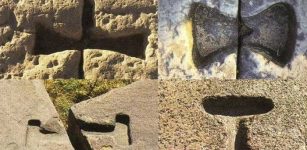 Mystery Of Ancient Metal Clamps – Advanced Lost Technology Modern Science Still Cannot Explain
Ancient Technology | Jul 31, 2020
Mystery Of Ancient Metal Clamps – Advanced Lost Technology Modern Science Still Cannot Explain
Ancient Technology | Jul 31, 2020 -
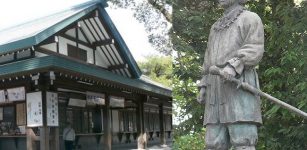 Mystery Of The Kusanagi Treasure: The Legendary Sword
Artifacts | Feb 8, 2016
Mystery Of The Kusanagi Treasure: The Legendary Sword
Artifacts | Feb 8, 2016 -
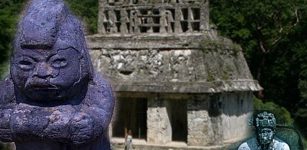 Origins Of Maya Civilization More Complex Than Thought
Civilizations | Apr 26, 2013
Origins Of Maya Civilization More Complex Than Thought
Civilizations | Apr 26, 2013 -
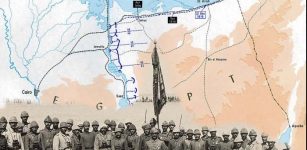 On This Day In History: First Battle Of Gaza Was Fought – On March 26, 1917
News | Mar 26, 2017
On This Day In History: First Battle Of Gaza Was Fought – On March 26, 1917
News | Mar 26, 2017 -
 ‘Tonina Chiapas’ Mayan Pyramid In Southern Mexico Is Among The Largest Yet Found
Civilizations | Oct 29, 2018
‘Tonina Chiapas’ Mayan Pyramid In Southern Mexico Is Among The Largest Yet Found
Civilizations | Oct 29, 2018 -
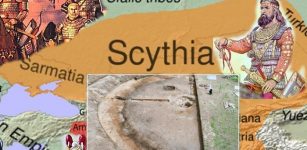 2,500-Year-Old Scythian Warrior Found In Untouched Grave In Siberian ‘Valley Of The Kings’
Archaeology | Jan 7, 2020
2,500-Year-Old Scythian Warrior Found In Untouched Grave In Siberian ‘Valley Of The Kings’
Archaeology | Jan 7, 2020 -
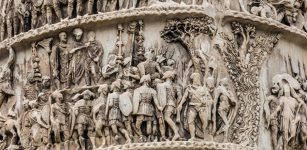 Impressive Column Of Emperor Marcus Aurelius – War Monument From Ancient Rome
Featured Stories | Jul 6, 2017
Impressive Column Of Emperor Marcus Aurelius – War Monument From Ancient Rome
Featured Stories | Jul 6, 2017 -
 Ancient Tell-Tayinat Inhabitants And Climate Change Resilience – New Study
Archaeology | Oct 30, 2020
Ancient Tell-Tayinat Inhabitants And Climate Change Resilience – New Study
Archaeology | Oct 30, 2020 -
 Paris Catacombs: Huge Underground Labyrinth Full Of Secrets
Featured Stories | Jan 3, 2016
Paris Catacombs: Huge Underground Labyrinth Full Of Secrets
Featured Stories | Jan 3, 2016 -
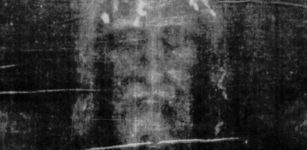 Unknown Energy Source Created The Image On The Shroud Of Turin Scientists Suggest
Archaeology | May 12, 2012
Unknown Energy Source Created The Image On The Shroud Of Turin Scientists Suggest
Archaeology | May 12, 2012 -
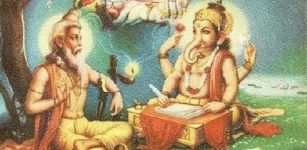 India: Plastic Surgery And Genetic Science – Found In Ancient Vedas – Were Practiced Thousands Of Years Ago
Ancient Technology | Oct 29, 2014
India: Plastic Surgery And Genetic Science – Found In Ancient Vedas – Were Practiced Thousands Of Years Ago
Ancient Technology | Oct 29, 2014 -
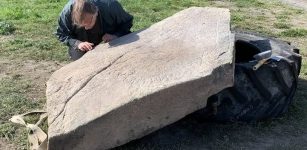 Unique Viking Age Runestone With A Cross And Animal Biting Its Own Tail Discovered By Farmer In Sweden
Archaeology | Sep 20, 2020
Unique Viking Age Runestone With A Cross And Animal Biting Its Own Tail Discovered By Farmer In Sweden
Archaeology | Sep 20, 2020 -
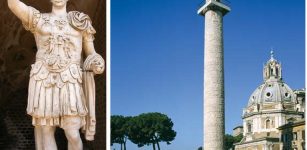 On This Day In History: Roman Emperor Trajan Was Born In Spain – On Sep 18, 53 AD
News | Sep 18, 2016
On This Day In History: Roman Emperor Trajan Was Born In Spain – On Sep 18, 53 AD
News | Sep 18, 2016

